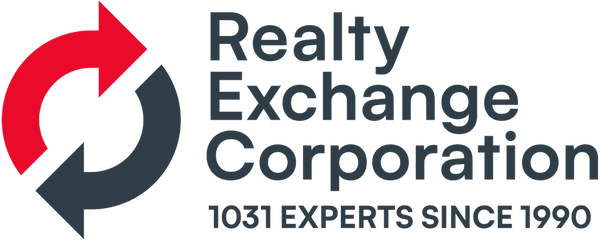A 1031 Exchange, also known as a “like-kind” exchange, allows individuals to defer capital gains taxes on the sale of investment or business property by reinvesting the proceeds into another qualifying “like-kind” property. “Like-kind” refers to the use — all investment real estate is “like kind” to all other investment real estate. The purpose of the 1031 provision in the IRS code is to encourage real estate investment and promote economic growth.
Investors may not use a 1031 Exchange to defer taxes on the sale of a primary residence; 1031 treatment is reserved for investment properties or real estate used in business. When a property is used for both personal and investment purposes, the investment portion of the sale may be eligible for a 1031 Exchange.
A second residence or vacation home, used primarily for personal enjoyment and not for investment or business, also does not meet the eligibility requirements for a 1031 Exchange. To be classified as an investment, a property may only be used personally for up to two weeks per year or 10 percent of the rented days – whichever is greater. So, for example, an investor can use his property personally for 30 days provided that he rents his property for a minimum of 300 days per year. This usage requirement does not include days spent on property maintenance. The use of a property is reported on Schedule E of an IRS Form 1040. The usage requirements are fully detailed in IRS Tax Topic 415.
Real estate investors would be wise to consult a tax professional for the most up-to-date information and guidance on investments and potential eligibility for a 1031 Exchange. If your property qualifies and you are interested in a 1031 Exchange, Realty Exchange is ready to help.
